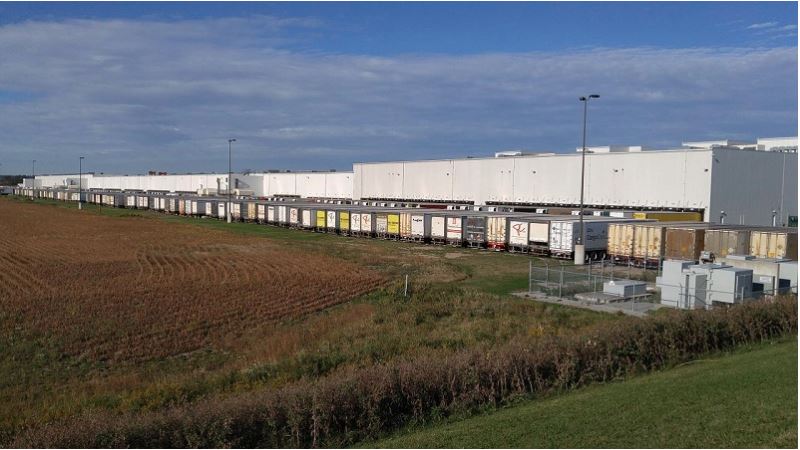Not even the disruptions of the COVID-19 pandemic, Russia’s attack on Ukraine and rising inflation have stalled the still red-hot industrial market, according to the first quarter national industrial report released recently by Newmark.
The United States saw 103.5 million square feet of industrial absorption during the first quarter of the year. According to Newmark, this marks the fourth consecutive quarter that the country’s industrial market has reached more than 100 million square feet of absorption.
That 103.5 million square feet was actually a decline of 33% from the all-time quarterly absorption amount registered in the third quarter of 2021. But Newmark says that this amount of absorption is still about double the pre-pandemic quarterly average of 2019.
At the same time, the U.S. industrial market’s vacancy rate fell to a record 4%, while asking rents jumped 12.8% on a year-over-year basis to $9.26 a square foot.
This isn’t surprising: As Newmark says in its report, the national industrial market is starved for space, with many major markets having little to no immediate occupancy opportunities for tenants. Competition for this space has driven industrial rents well past the nation’s high inflation rate.
Developers aren’t shy about building new industrial spaces, either. Newmark reported that the national industrial construction pipeline measured 546.1 million square feet as of the end of the first quarter. Developers also delivered 81.1 million square feet of industrial space during the quarter.
Newmark highlighted several big industrial transactions during the quarter, including two in the Midwest.
In Columbus, Ohio, Related Companies purchased the 2.07-million-square-foot Eddie Bauer/PacSun Distribution Center for $90.5 million, a price of $44 a square foot. And in Milwaukee, Phoenix Investors purchased the 1.5-million-square-foot Briggs & Stratton manufacturing facility for $24 million.
Newmark also pointed to several Midwest markets as having especially low industrial vacancy rates as of the end of the first quarter. This includes Chicago, with a vacancy rate of 4.4%; Cincinnati, 3.7%; Cleveland, 4.4%; Columbus, 2.4%; Detroit, 4.3%; Indianapolis, 3.6%; Milwaukee, 2.8%; Minneapolis, 3.6%; Nashville, 4.4%; and St. Louis, 3.5%.




